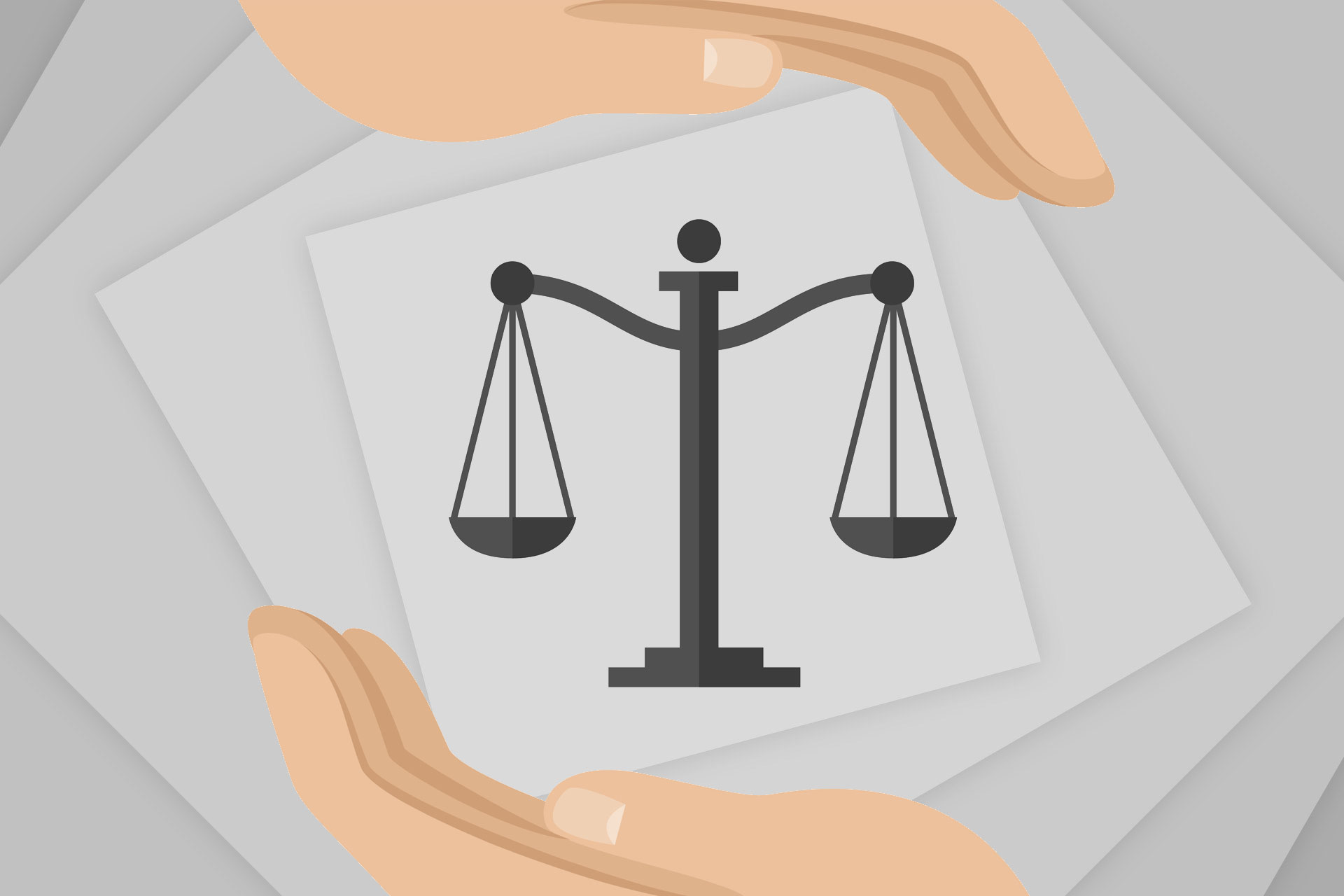MCQs ON C.P.C., 1908 (PART: 2)
| 1 | The constitutional validity of Amendment, 2002 was upheld by the Supreme Court in Salem Bar Advocate Bar Association, T.N. vs. Union of India (2005)—
(A) True (B) False Ans: (A) |
| 2 | The CPC was amended in 2015 (w.e.f. 23-10-2015) relating to the matter dealt with by the Commercial Courts in consonance with which of the Act—
(A) The Commercial Courts Act, 2015 [earlier known as the Commercial Courts, Commercial Division and Commercial Appellate Division of High Courts Act , 2015]. (B) Limitation Act (C) SARFAESI Act (D) Recovery of Debts and Bankruptcy Act Ans: (A) |
| 3 | True/ False—
(A) Section 151 of CPC confers inherent powers upon courts, primarily the Code is not exhaustive. (B) The Code is exhaustive on matters specifically dealt with by it. (C) The Code is not exhaustive on the points not specifically dealt with therein. (D) All of the above are correct Ans: (D) |
| 4 | True/ False—
(A) The first set consists of total Sections 158 arranged into 11 Parts (B) The provisions contained in Sections are of “substantive nature”. (C) These sections shall be amended by the Legislature i.e. the Parliament and the State Legislature only. (D) All of the above Ans: (D) |
| 5 | Originally, there were five schedules in the CPC, now the total numbers of schedules are—
(A) One (B) Two (C) Three (D) NIL Ans: (A) |
| 6 | The Orders are contained under which Schedule of the CPC—
(A) Schedule I (B) Schedule II (C) Schedule III (D) All of the above Ans: (A) |
| 7 | Total how many Orders are contained in the First Scheduled on the CPC?—
(A) 50 (B) 51 (C) 52 (D) 60 Ans: (B) |
| 8 | True/ False—
(A) Unlike sections of the CPC, the rules contained in Orders are of “procedural nature”. (B) Unlike the sections, the rules can be amended by the Legislature and the concerned High Courts also as detailed under Part X (Sections 121 to 131). (C) If the rules are inconsistent with the Sections, the sections will prevail. The rule making power of the High Courts and procedure thereto are given in Part X (Sections 121 to 131) of the Code. The High Courts can annul, alter or add to all or any of the rules that are inconsistent with the Sections. (D) All are correct. Ans: D |
| 9 | The term ‘decree’ has been defined under—
(A) Section 2(2) (B) Section 2(3) (C) Section 2 (14) (D) Section 2 (12) Ans: (A) |
| 10 | Correct/ Incorrect—
(A) A decree is an operative part of a formal judgment. (B) A decree is the ‘formal expression’ of an ‘adjudication’ which ‘conclusively determines’ the ‘rights of the parties’ with regard to “all or any of the matters” in controversy in the suit. (C) Order 20 details rules regarding judgment and decree while Order 21 deals with the execution of decrees and order. (D) All are correct Ans: (D) |
| * Typographical error, if any, is inadvertent. | |

For the first time I have seen online study material on conceptual touchstone…Hope for more material on CPC for incoming judicial services exam.